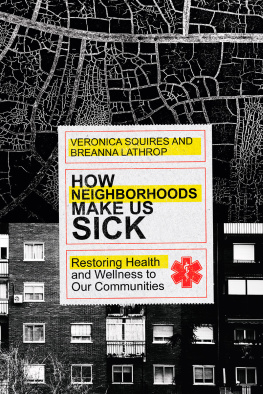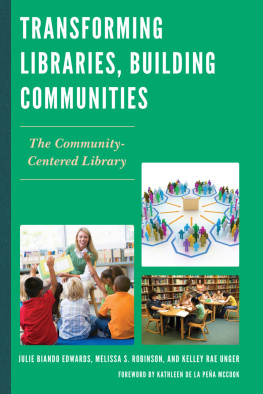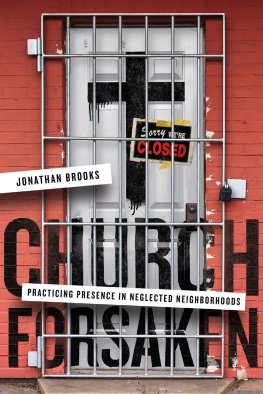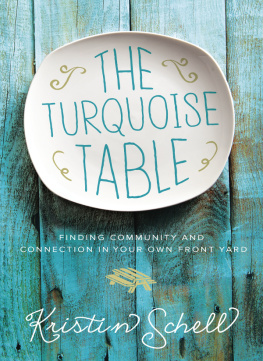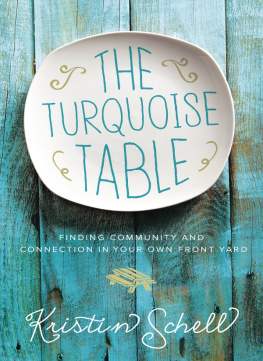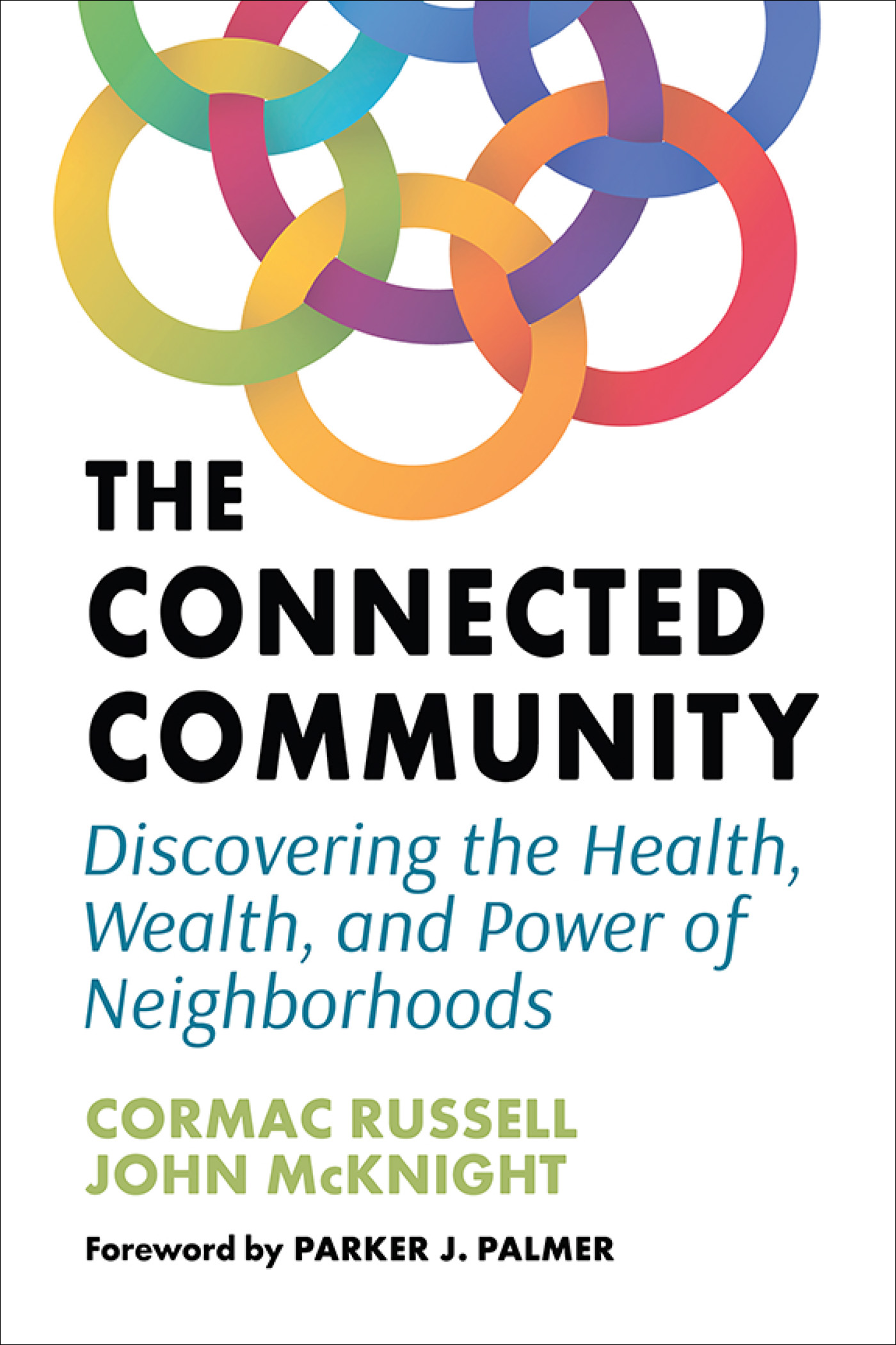Contents
Guide
Page List
The Connected Community

The Connected Community
Copyright 2022 by Cormac Russell and John McKnight
All rights reserved. No part of this publication may be reproduced, distributed, or transmitted in any form or by any means, including photocopying, recording, or other electronic or mechanical methods, without the prior written permission of the publisher, except in the case of brief quotations embodied in critical reviews and certain other noncommercial uses permitted by copyright law. For permission requests, write to the publisher, addressed Attention: Permissions Coordinator, at the address below.

| Berrett-Koehler Publishers, Inc.
1333 Broadway, Suite 1000
Oakland, CA 94612-1921
Tel: (510) 817-2277, Fax: (510) 817-2278
www.bkconnection.com |
Ordering information for print editions
Quantity sales. Special discounts are available on quantity purchases by corporations, associations, and others. For details, contact the Special Sales Department at the Berrett-Koehler address above.
Individual sales. Berrett-Koehler publications are available through most bookstores. They can also be ordered directly from Berrett-Koehler: Tel: (800) 929-2929; Fax: (802) 864-7626; www.bkconnection.com
Orders for college textbook/course adoption use. Please contact Berrett-Koehler: Tel: (800) 929-2929; Fax: (802) 864-7626.
Distributed to the U.S. trade and internationally by Penguin Random House Publisher Services.
Berrett-Koehler and the BK logo are registered trademarks of Berrett-Koehler Publishers, Inc.
First Edition
Paperback print edition ISBN 978-1-5230-0252-8
PDF e-book ISBN 978-1-5230-0253-5
IDPF e-book ISBN 978-1-5230-0254-2
Digital audio ISBN 978-1-5230-0255-9
2022-1
Cover design: Mayapriya Long. Book design and production: Leigh McLellan Design.
Copyeditor: Alice Rowan. Proofreader: Mary Hazlewood. Indexer: Ken DellaPenta.
This book is dedicated to regular folks who have committed themselves to enhancing the common good of their neighborhoods. Thank you for all you do.

Contents
by Parker J. Palmer
Introduction
What Lies beyond Disconnection?
Chapter 1 Homecoming:
Rediscovering the Value of Community
Chapter 2 The Hazards of the Wrong Map:
From Whats Wrong to Whats Strong
Chapter 3 The Neighborhood Treasure Hunt:
Basic Building Blocks
Chapter 7 Diary of a Neighborhood Made Visible and Vibrant
Part 1: Step by Step from Crisis to Connected
Chapter 8 Diary of a Neighborhood Made Visible and Vibrant
Part 2: Step by Step from Envisioning to Collective Action
Conclusion
The Connected CommunityNot So Wild a Dream!

Foreword
Parker J. Palmer
When someone asks where we live, we normally respond by naming a city and perhaps a state or county. If we know and trust that person, we might share our street address.
But if the question goes deeperNo, really, where do you live? Tell me about the community you call homeand we cant offer much more than GPS coordinates, is there a there there for us? If we dont have a story to tell about the people and the human and natural history to be found just beyond our front door, do we really live there?
Many of us are hard-pressed to provide color commentaries on our own neighborhoods, and for that we pay a price. Our disconnection from people and place diminishes our quality of life. Its one of the root causes of a range of personal and political pathologies in todays industrialized societies.
Isolation and the loneliness that comes with it lead to illnesses of the mind and body. In an interactive community, where people know enough about one another to notice and care, those maladies would arise less often and be treated sooner when they do. Disconnection also means theres no We the People to shape their collective fate or hold power accountable. Authoritarian rulers work hard to separate people from one another by fanning the flames of mutual suspicion that burn civic community to the ground, leaving them free to rule as they will.
If these are among the concerns that led you to pick up this book, you were well led. Cormac Russell and John McKnight are leading advocates and practitioners of Asset-Based Community Development (ABCD), a movement thats been challenging and changing the thinking of everyone who works in the field of community development since 1993, when McKnight and John Kretzmann published the groundbreaking Building Communities from the Inside Out.
The ABCD movement is a practical and proven response to the failure of external approaches to community issues: Give the experts a lot of money and they will solve problems that ordinary citizens cant solve. As more than a few urban renewal efforts show, that arrogant, materialistic top-down approach has led to millions of wasted dollars and more than a few tragic consequences.
Positive and persistent social transformation always involves local residents finding ways to pool and invest their gifts in a common cause. But if thats going to happen, we first need to develop the X-ray vision and imagination that will allow us to see the human gifts that are so often hidden in plain sight. Thats where the ABCD approach begins. It then proceeds to strategy and on-the-ground action as people seek to connect with one another, humanize their communities, and democratize their nation.
For me, ABCDs credibility as a movement is enhanced by the fact that it excludes no one in its approach, as illustrated by its work with people with developmental disabilities. McKnight tells a moving story about his friend Pat Worth, who had been labeled mentally retarded in his youth and warehoused in an institution. Pat managed to shed that label and escape from that place and build a new life, as he said, through chance and good fortune.
Eventually, Pat had the vision for People First, which has grown into an international self-advocacy organization for people with disabilities. In Pats words, We are not disabled. We are dis but not disabled; were disconnected. We dont need services, we need community.
The last three words in that powerful statement apply to all of us. But unlike Pat Worth, a lot of us think of ourselves as powerless to do anything about it. We feel trapped by powerful external forces that make disconnection our lot, from segregated neighborhoods to economic forces that deprive us of personal and communal time.
Nothing worthy can happen when we give away our birthright gift of human agency. When we gather with others to build a better life together, whatever agency we have at our command multiplies many times over and builds collective confidence in our capacity to restore our common life. Thats where this book can take us, with its well-tested array of tools and strategies for reclaiming and exercising agency in the creation of connected neighborhoods and communities.




